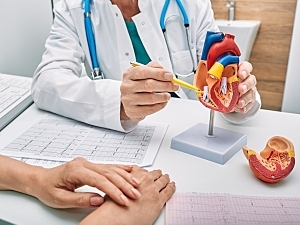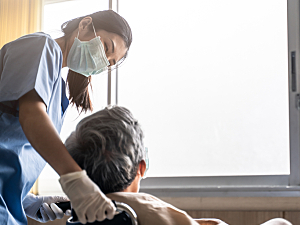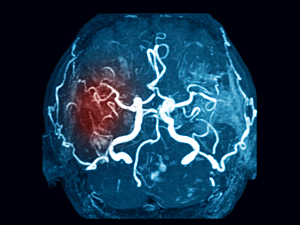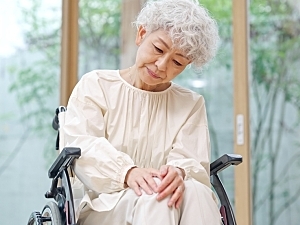Utility of a Neurosurgical “Boot Camp” for Medical Students

Garth Rees Cosgrove, MD, Michael A. Mooney, MD, of the Department of Neurosurgery at Brigham and Women’s Hospital, and colleagues recently organized a pilot in-person cadaveric workshop for medical students. It included hands-on teaching of craniotomy-related skills by neurosurgery faculty and residents.
Read More...







